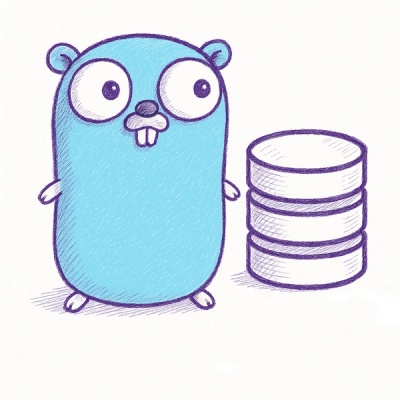
Security News
Browserslist-rs Gets Major Refactor, Cutting Binary Size by Over 1MB
Browserslist-rs now uses static data to reduce binary size by over 1MB, improving memory use and performance for Rust-based frontend tools.
http is heavily inspired by the HTTP::Message <https://metacpan.org/module/HTTP::Message>__ distribution.
>>> from http import Request
>>> request = Request('GET', 'http://pypi.python.org')
>>> print request.method
GET
http provides a few components to build HTTP messages:
Headers
>>> from http import Headers
>>> h = Headers()
>>> h.add('Content-Type', 'application/json')
Request
>>> from http import Request
>>> r = Request('GET', 'htttp://lumberjaph.net')
Response
>>> from http import Response
>>> r = Response(200)
Links
-----
- `Documentation <http://readthedocs.org/docs/http/en/latest/>`__.
- `Repository <git://github.com/franckcuny/http.git>`__.
How to get?
-----------
Install with "pip" command:
$ pip install http
or check out development version:
$ git clone git://github.com/franckcuny/http.git
FAQs
HTTP library for Python
We found that http demonstrated a healthy version release cadence and project activity because the last version was released less than a year ago. It has 1 open source maintainer collaborating on the project.
Did you know?

Socket for GitHub automatically highlights issues in each pull request and monitors the health of all your open source dependencies. Discover the contents of your packages and block harmful activity before you install or update your dependencies.

Security News
Browserslist-rs now uses static data to reduce binary size by over 1MB, improving memory use and performance for Rust-based frontend tools.

Research
Security News
Eight new malicious Firefox extensions impersonate games, steal OAuth tokens, hijack sessions, and exploit browser permissions to spy on users.

Security News
The official Go SDK for the Model Context Protocol is in development, with a stable, production-ready release expected by August 2025.